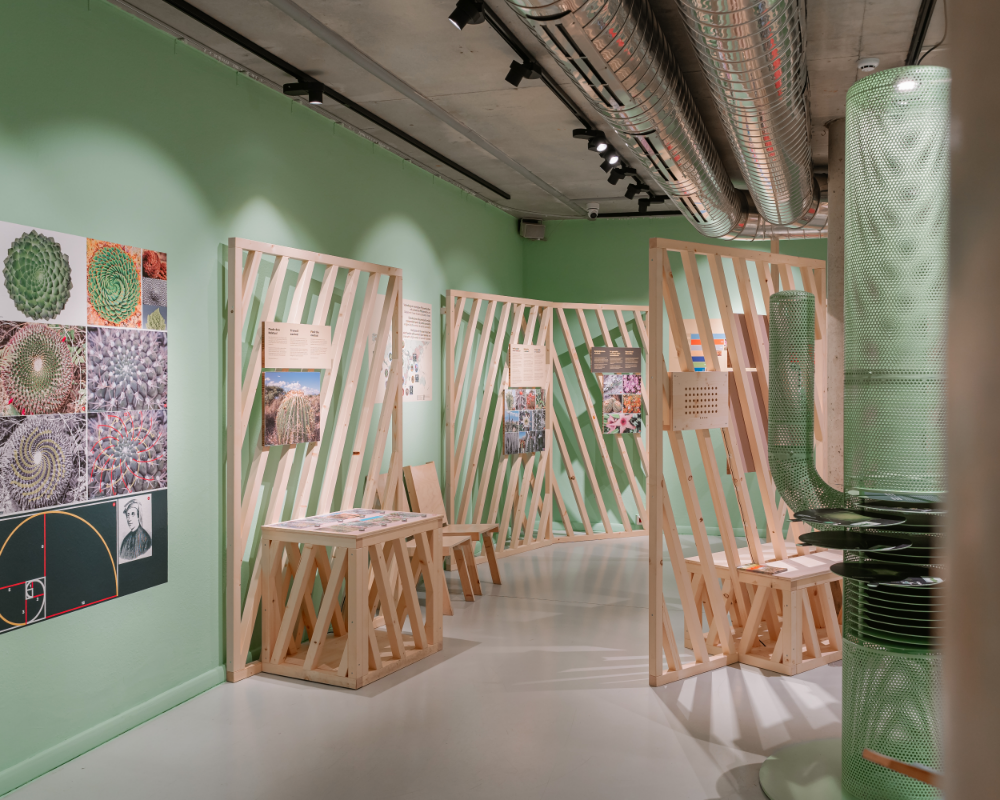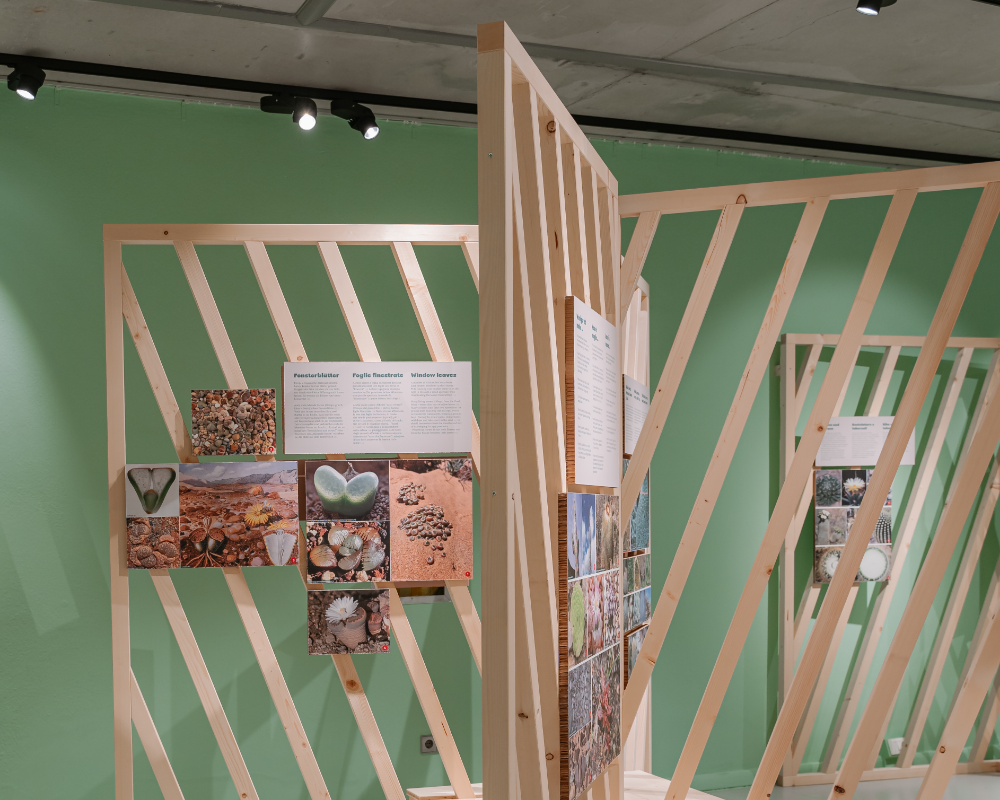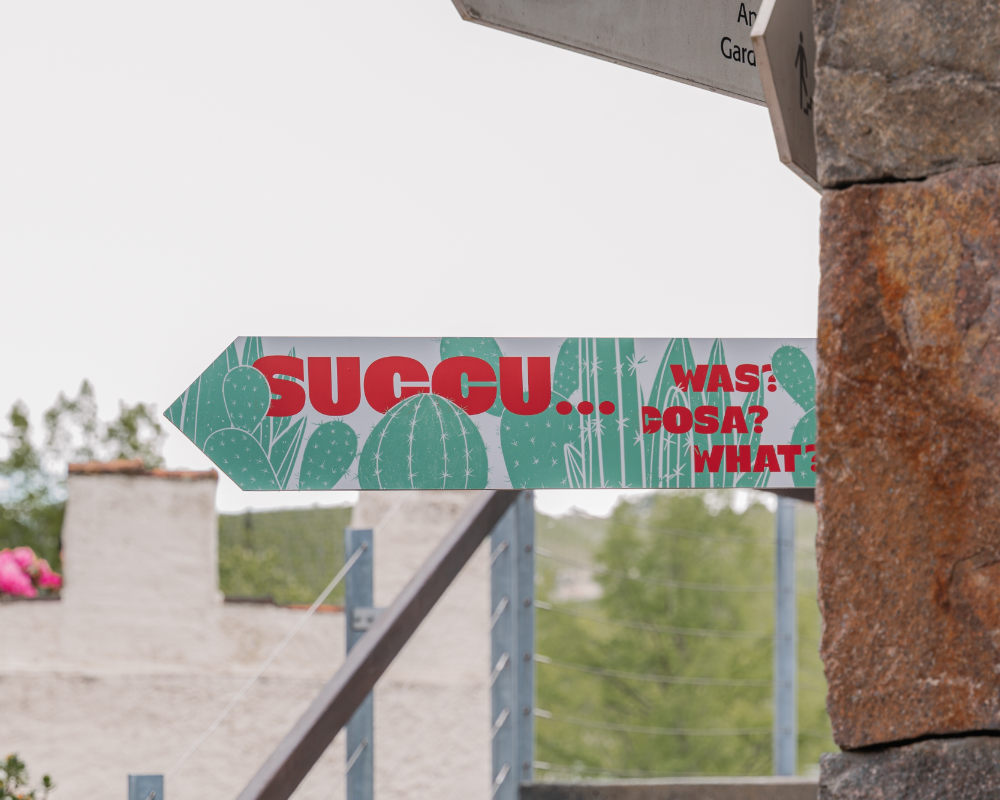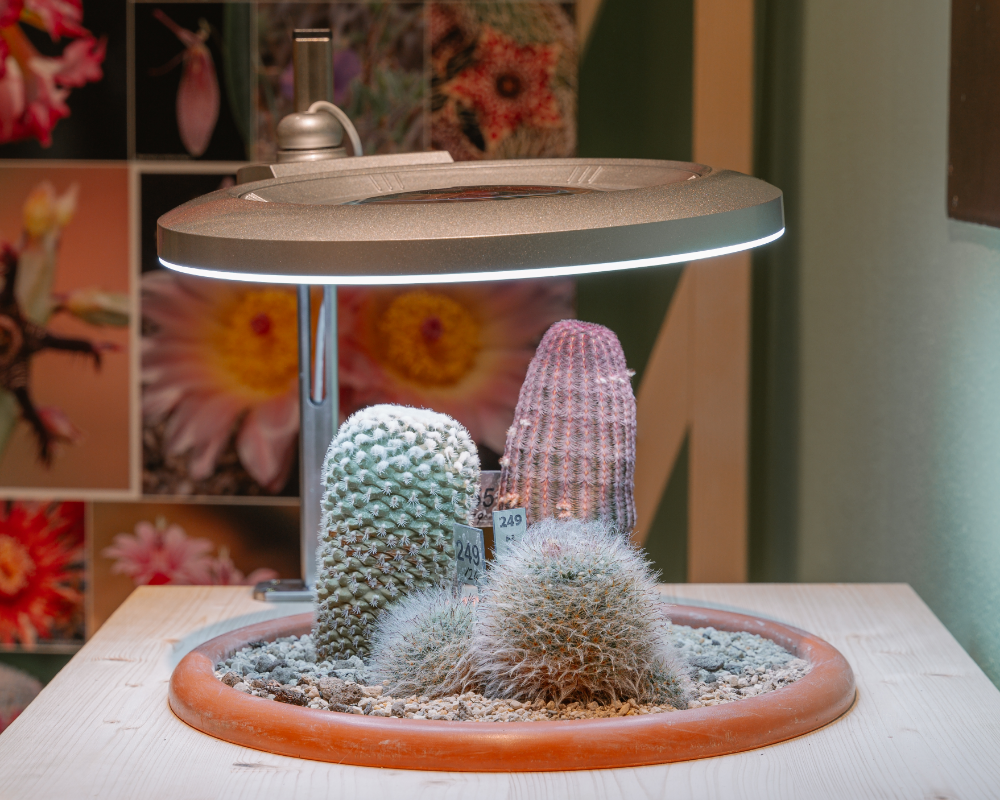Succu... What?
The fascinating world of succulents
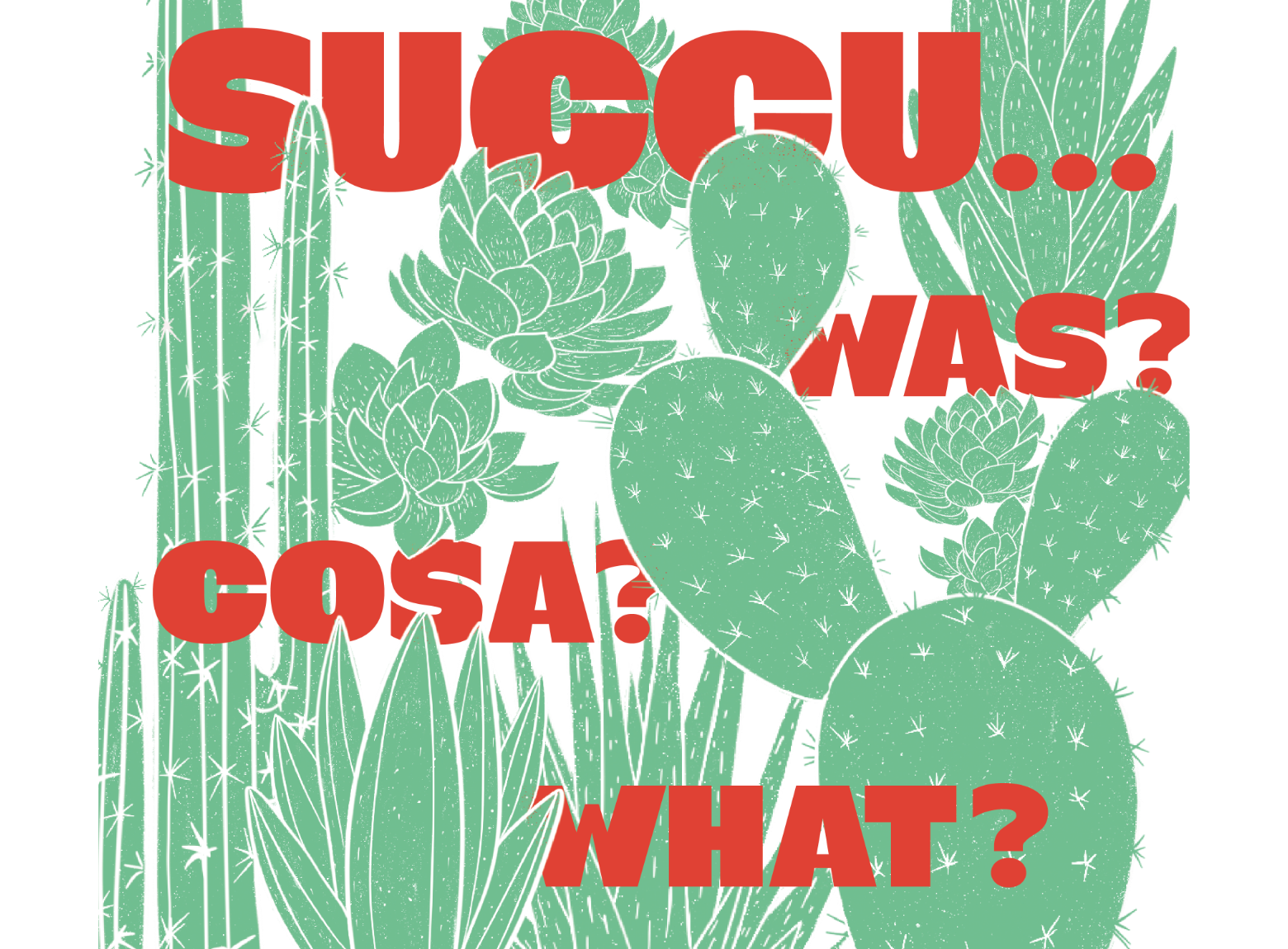
Did you know?
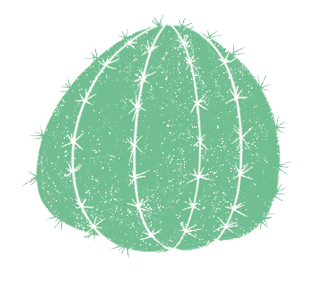
Although a cactus is a succulent, not all succulents are cacti.

Succulents don’t have thorns: they have spines. This enables them to keep predators at bay, and to shield off the heat.

Of the nearly 380,000 plant species currently in existence, over 16,000 species are succulent.

The heaviest cactus weighs 25 tons.

The tallest cactus measures 16 meters, while the smallest measures only 12 millimeters in diameter.
Find out more about the fascinating world of succulents!
Cacti are (probably) among the best-known succulent plants. But did you know that also vanilla belongs to the succulent plants and was used as a spice as far back as Mayan and Aztec times? By contrast, in ancient Greece, the physician Dioscorides described the effect of the dried roots of roseroot, which smell of rose petals. The common houseleek is another medicinal plant. In the Alpine region, it was used as an ointment for insect bites and burns, among other things. In addition, it was also believed to protect against lightning strikes when grown on the roof. The anti-inflammatory and cooling gel of the aloe vera plant is added to many cosmetic products to this day.
However, succulents also provide us with delicious fruits such as pineapples and papayas. They are processed into spirits such as tequila and others still are used during shamanic rituals. And who would have guessed that the resistant fibres of the sisal agave can be found in tea bags and banknotes?



